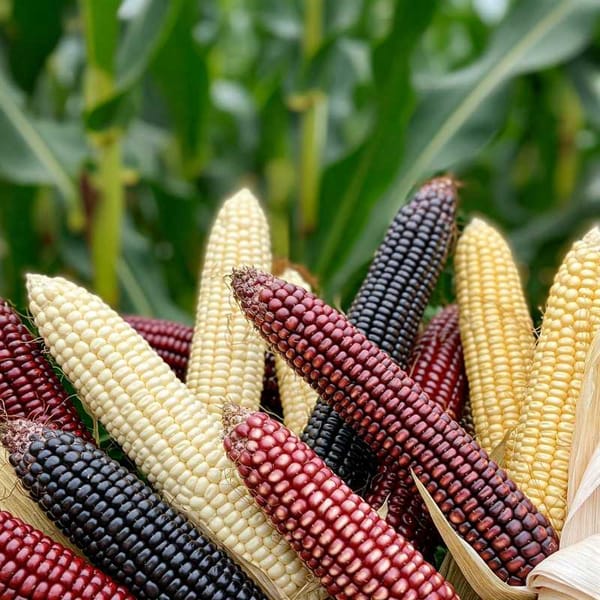The Purepecha and the New Fire Ceremony
Like every year, Michoacán's ethnic group performs on February 1st the great celebration of the Lighting of the New Fire, to start the Purépecha New Year.

Like every year, Michoacán's ethnic group performs on February 1st the great celebration of the Lighting of the New Fire, to start the Purépecha New Year.


Mexicanist: Cancun shopping, budget resorts, retirement havens, dogs sniff contraband, scientists brew batteries from trash. Dating scene chaos, evolving cuisine. Trump's tariffs threaten, job insecurity looms, yet Mexican wine conquers. Sea turtles are at risk and a town square is haunted.

Expert assures Quintana Roo is safe from tsunamis due to its solid limestone foundation and location far from major fault lines. Recent Caribbean earthquake posed no tsunami threat, as its deep epicenter in the Cayman Trench meant movements were far below the surface.

Mexico debates banning genetically modified corn to protect native varieties and heritage. A key distinction is made between natural and lab-created modifications. Agriculture Secretary Berdegué hints at accepting changes mimicking nature

Tabasco's prisons are severely overcrowded, ranking among Mexico's top ten. Facilities hold 4,196 inmates, far exceeding capacity. The Villahermosa prison is the most saturated, holding 477 more inmates than designed.